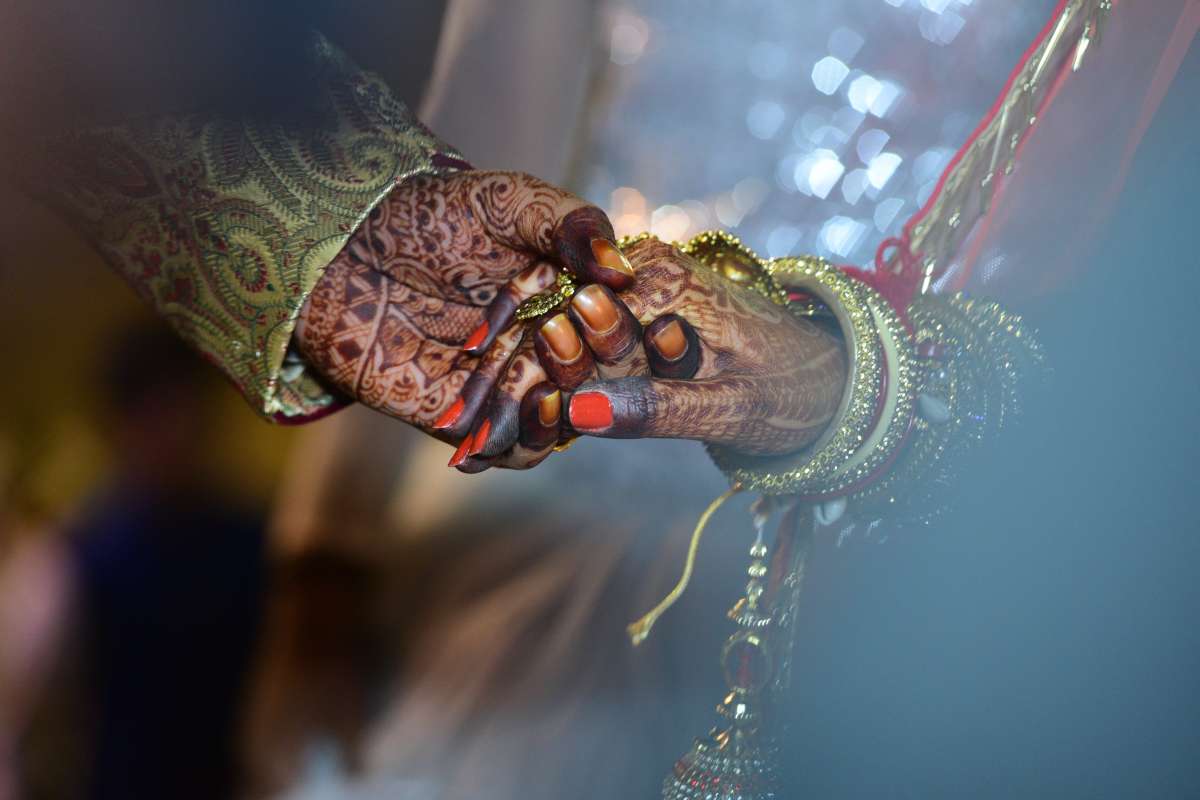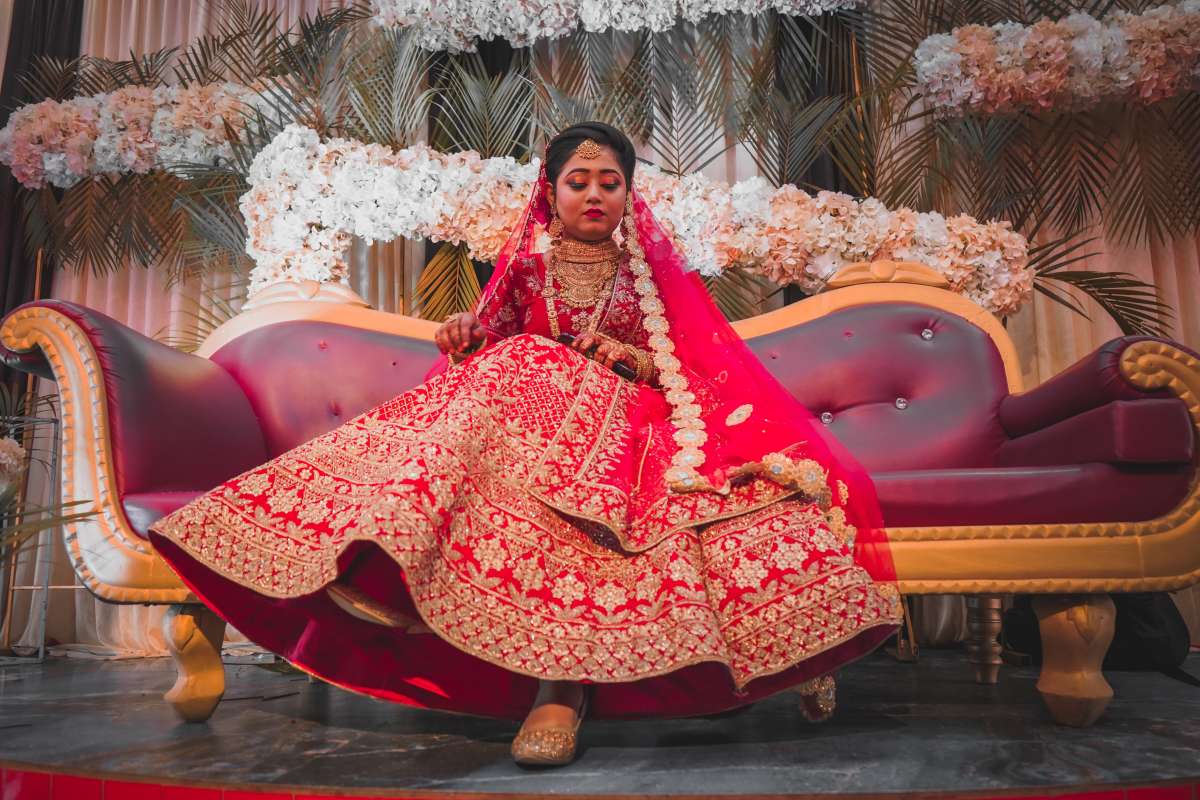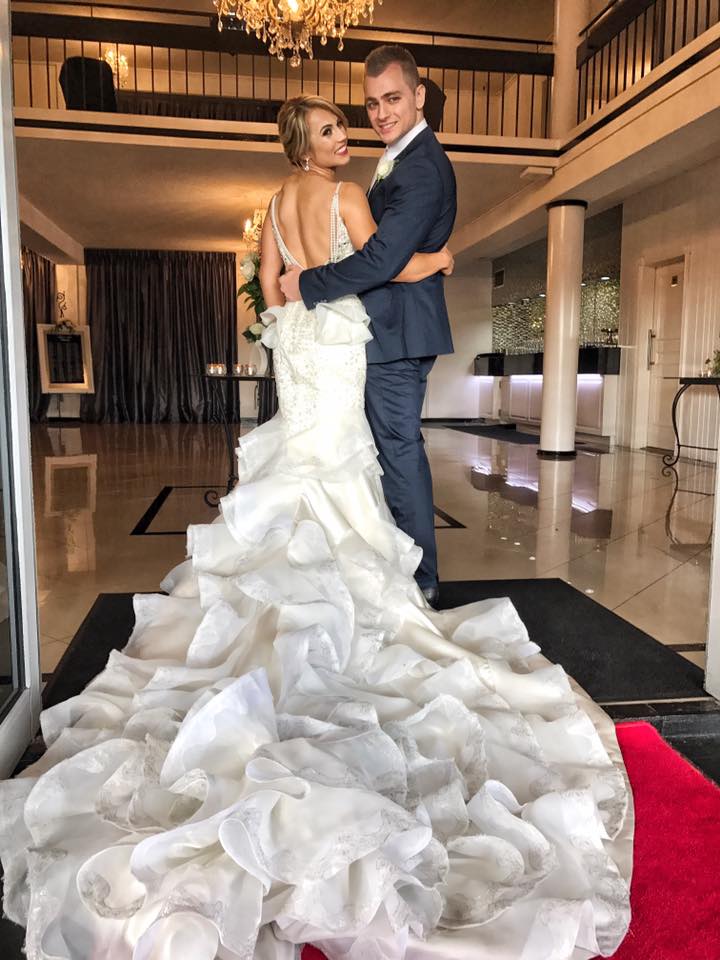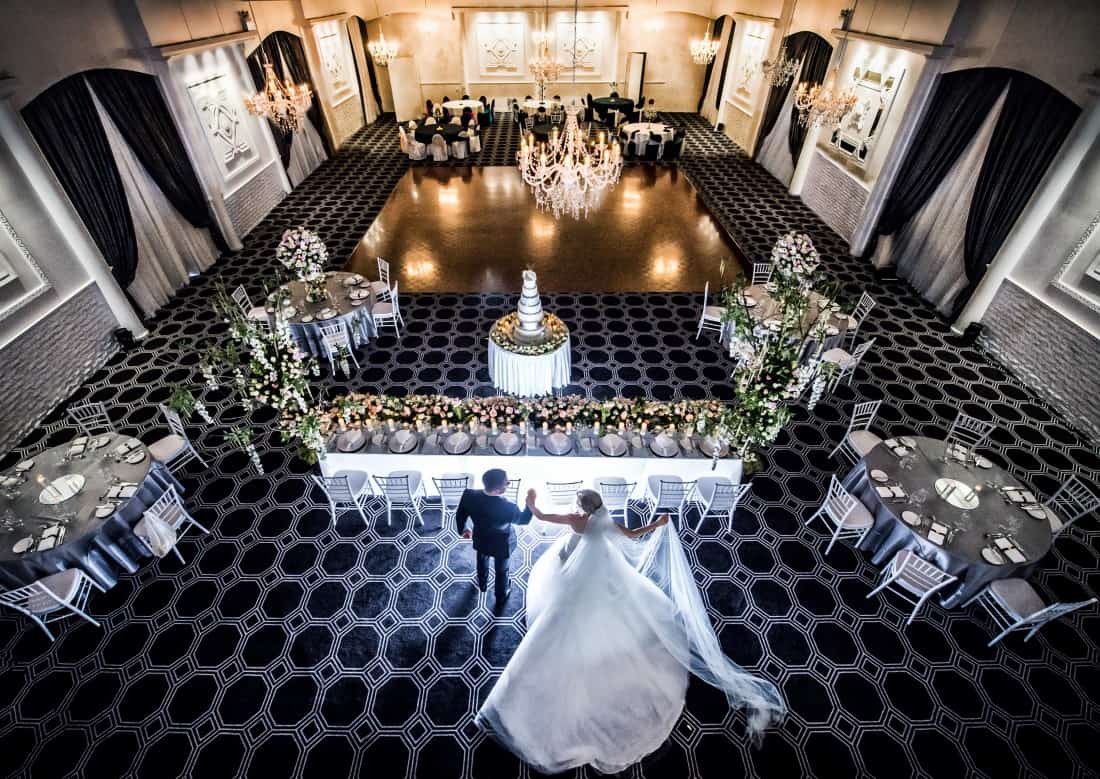When I first attended a traditional Indian wedding, I was immediately struck by its grandeur, colour, and energy. It wasn’t just a wedding; it was a celebration of culture, family, and centuries-old rituals. Indian weddings are renowned for their rich traditions and deep spiritual significance, and there’s nothing quite like witnessing the union of two families through these sacred customs.
The sheer variety of ceremonies—from pre-wedding rituals to the wedding day festivities—each carrying a profound meaning, makes every moment of the celebration unique and memorable. If you’ve ever wondered what exactly happens at a traditional Indian wedding, you’re not alone. In this guide, I’ll walk you through the essential elements of a typical Indian wedding, the customs and rituals that have been passed down for generations, and the underlying cultural importance that shapes the experience.
So whether you’re preparing for your own Indian wedding or just curious about the customs that make these celebrations so spectacular, get ready for a deep dive into the vibrant world of Indian wedding traditions.
5 Key Elements of a Traditional Indian Wedding Ceremony
Indian weddings are truly like no other event. Having attended several weddings over the years, I can confidently say that the celebration is unlike anything you’ll experience elsewhere. The ceremony itself is steeped in symbolism, with each ritual carefully crafted to honour the couple, their families, and their spiritual beliefs. If you’re looking to understand what makes an Indian wedding so unique, these five key elements are the foundation of what makes these events a fusion of culture, love, and tradition.
The Role of Rituals in Indian Weddings
One of the most remarkable aspects of any Indian wedding is the wealth of rituals that unfold over the course of the event. These rituals are not just cultural but hold deep spiritual significance. In my own experience, I’ve seen how these ceremonies bind the couple not only to each other but also to their families and communities.
For instance, one of the central rituals is the Saptapadi, or the seven sacred steps taken by the bride and groom around the fire. Each step is not just symbolic—it’s a promise. The couple makes vows relating to key aspects of life, such as harmony in marriage, the well-being of their children, the nurturing of their family, and seeking prosperity. These are powerful moments, especially during the fourth step, when they promise to share knowledge, wealth, and spiritual growth together.
Another key moment is the Kanyadaan. I remember watching this ceremony unfold at a cousin’s wedding. As the father gave away his daughter, there was a shared understanding of responsibility, of trust, and of the love and care he had for his daughter. The groom accepted this gift with reverence, symbolising the beginning of his journey with his bride, and making vows to care for her and cherish her throughout their lives. It’s a beautiful moment that reinforces the bond between the bride, her family, and the groom.
Pre-Wedding Ceremonies: The Building Blocks of a Traditional Indian Wedding
Before the big day arrives, there’s a whole array of pre-wedding ceremonies that set the stage for the wedding celebration. These rituals help to unite the families and prepare the couple spiritually, mentally, and physically for their union. As someone who’s seen countless pre-wedding events, I can confidently say that these are often just as important, if not more, than the wedding day itself.
Misri, Rokka, and Engagement: Starting the Wedding Journey
The wedding celebrations often begin days, sometimes weeks, before the actual wedding ceremony. In my own experience, the Misri Ceremony stands out as a sweet, symbolic way to kick off the festivities. This is when the couple’s families come together for the first time in a formal setting, exchanging prayers, blessings, and sometimes garlands. It’s a lighthearted yet meaningful beginning that signals the couple’s transition from individuals to a married pair.
Following this, we have Rokka, a pre-engagement ceremony that marks the official joining of two families. This is typically followed by the Kurmai or engagement, where the bride and groom exchange rings and receive blessings from elders. I’ve often seen the couple adorned in elaborate jewellery, and the exchange of gifts between both families sets the stage for the upcoming events.
Mehndi and Haldi: Rituals for Beauty, Purification, and Blessings
Two of the most exciting pre-wedding ceremonies are Mehndi and Haldi. I remember when my cousin was preparing for her wedding, the Mehndi ceremony was a grand affair. Friends and family members gathered to apply intricate henna designs on the bride’s hands and feet, symbolising joy, beauty, and the couple’s bond. Henna in Indian culture isn’t just about decoration—it’s deeply symbolic of the bride’s new role, spiritual awakening, and the love that will blossom in her marriage.
Haldi, on the other hand, is a purification ritual that involves applying a turmeric paste to the bride and groom. Not only is it for beautification, but it’s also believed to ward off evil spirits and bring good luck. I’ve always seen this as a family affair, where laughter and bonding are at the forefront. It’s a moment of joy before the stress of the wedding day sets in, and it’s a perfect time for the couple to unwind with family.
Inside the Wedding Day: Celebrating the Couple’s New Beginning
The day of the wedding itself is an extraordinary event—filled with excitement, anticipation, and, of course, an array of meaningful rituals. In my experience, the wedding day is often a blur of activities, emotions, and celebrations. While each ceremony is carefully planned, there’s an undeniable sense of magic that fills the air. It’s the culmination of days—sometimes weeks—of preparation, and the day when all the rituals come together to weave a sacred tapestry of love, commitment, and family bonds.
The Baraat: A Joyous Groom’s Procession
One of the most exhilarating parts of a traditional Indian wedding is the Baraat—the groom’s procession to the wedding venue. I’ve had the privilege of witnessing this ceremony a few times, and let me tell you, there’s nothing like it. The groom, often dressed in his finest attire, rides a horse (or sometimes an elephant or car) while his family and friends accompany him, dancing to the beats of a drum (dhol) and singing celebratory songs. It’s a grand and festive arrival that announces the groom’s journey from one life to another, ready to meet his bride.
I recall attending a wedding in Sydney, where the Baraat was one of the highlights of the celebration. The groom, dressed in a magnificent sherwani and turban, was joined by his family and friends, dancing and cheering all the way to the Mandap. The energy was infectious! It’s not just a procession; it’s a joyful celebration that marks the beginning of the wedding day’s events.
The Central Wedding Rituals: From the Jaimala to the Saptapadi
The next big moment on the wedding day is the Jaimala (also called Varmala), where the bride and groom exchange garlands made of flowers. This simple yet powerful act is symbolic of the couple’s acceptance of each other. When I attended a wedding in Melbourne, I witnessed the bride and groom exchange garlands for the first time. The entire crowd stood in anticipation as they carefully placed the garlands around each other’s necks—creating an instant bond that was celebrated with cheers and applause.
After the Jaimala, the couple moves on to the Mangal Pheras, where they circle the sacred fire. This ritual is one of the most significant moments of the wedding, where the couple makes vows for their married life. I’ll never forget the deep sincerity in my friend’s eyes when she and her husband took their first round around the fire, making promises to support each other in every stage of life—whether it’s in health, wealth, or spiritual growth. Each round of the fire represents a different vow, and by the seventh round, the couple is declared officially married.
Post-Wedding Rituals: Welcoming the Bride into Her New Life
Even after the wedding ceremony concludes, the celebrations don’t end. In fact, the post-wedding rituals play a crucial role in symbolising the bride’s transition from her parental home to her new life with her husband’s family. These rituals are not only symbolic but are also designed to ensure the couple’s smooth and prosperous life together. From emotional farewells to joyous welcomes, the post-wedding phase is as meaningful as the ceremony itself.
Vidaai: The Emotional Farewell of the Bride
One of the most emotional moments in an Indian wedding is the Vidaai ceremony, where the bride bids farewell to her family and home. As someone who witnessed my cousin’s Vidaai, I can tell you, it’s a deeply moving experience. I saw her father, with tears in his eyes, perform the last rites of handing her over to her new family. It’s symbolic not just of the physical departure but also the emotional detachment from her parental home.
The bride throws a handful of puffed rice over her shoulder, symbolising her gratitude and blessings for her family. It’s a bittersweet moment—joyful for the new couple, but also marked by sadness for the bride leaving the home she grew up in. The entire family participates in this emotional farewell, reinforcing the idea that family bonds, no matter how far apart, are always strong.
Welcoming the Bride into the Groom’s Family
After the emotional Vidaai, the bride is welcomed into her new home with a series of rituals designed to signify her new role in the family. One of the key rituals I’ve seen first-hand is the Pani Bharna, where the bride dips her feet in a mixture of milk and vermillion as she enters the groom’s house, symbolising her arrival and bringing prosperity into her new home.
In some weddings, the bride also kicks a pot of rice as she steps inside, signifying abundance and fertility. These small, simple acts are rich with meaning. It’s a way of ensuring that the couple’s new life is blessed with fertility, health, and happiness. I recall at a wedding I attended in India, there was such a sense of warmth and welcome as the bride crossed the threshold, with family members offering their blessings and support.
Traditional Indian Wedding Attire: The Bride and Groom’s Royal Look
No discussion of an Indian wedding would be complete without mentioning the attire. The bride and groom’s outfits are steeped in tradition, colour, and symbolism. The attire worn during the ceremony doesn’t just serve as decoration—it carries deep cultural and spiritual significance.
Bridal Dress Code: Sarees, Lehengas, and Solah Shringar
As someone who has attended many Indian weddings, I can tell you that the bride’s attire is one of the most important aspects of the wedding. Traditionally, the bride wears a lehenga or saree in bright colours—often red, gold, or pink. These colours are considered auspicious, symbolising prosperity, fertility, and happiness. I remember when I attended my sister’s wedding, she wore a stunning red lehenga with intricate gold embroidery. The combination of gold and red signified the union of two souls, and the vibrant colours added to the celebratory atmosphere.
The bride is also adorned with Solah Shringar—sixteen adornments that include jewellery, hair ornaments, and cosmetics, all designed to make her appear as beautiful as possible on her wedding day. These adornments, including bangles (which symbolise prosperity and safety), sindoor (vermilion powder), and mangalsutra (sacred necklace), are not just aesthetic but carry deep cultural and spiritual meaning.
Groom’s Traditional Attire: Sherwani, Turban, and More
For the groom, the traditional attire often includes a sherwani, which is a long coat-like garment, often embroidered in rich fabrics like silk or brocade. The turban is another essential part of the groom’s attire, symbolising honour and respect. I’ve seen grooms donning elaborate turbans, and it never fails to add a sense of grandeur to the occasion.
At my best friend’s wedding, he wore a cream-coloured sherwani, complemented by a crimson turban with a brooch. He looked every bit the royal figure. His outfit wasn’t just for show; it was a reflection of the groom’s status, his commitment to his bride, and the honour he held in his family and community.
Fun and Festive Elements: What to Expect at an Indian Wedding Celebration
An Indian wedding is as much about the festivities as it is about the rituals. These celebrations are an immersive experience, filled with music, dance, laughter, and, of course, an abundance of food. While the sacred ceremonies are at the heart of the event, it’s the lively and festive elements that make Indian weddings unforgettable. From the Sangeet to the reception, each event is an opportunity to let loose and celebrate the union of two families.
From Dancing to Henna: How to Enjoy the Festivities
One of the most exhilarating parts of an Indian wedding is the Sangeet—a pre-wedding celebration that is often just as important as the ceremony itself. I’ve attended a few Sangeet nights, and I can tell you they are an absolute blast. Traditionally a women-only event, the Sangeet has evolved into a vibrant celebration where both families come together to sing, dance, and enjoy the evening.
At one wedding I attended in Melbourne, the Sangeet was a massive event. There were choreographed dances, performances, and even a surprise flash mob! Everyone, from the bride’s cousins to the groom’s uncles, participated. The energy was contagious, and it felt like the entire room was united in a joyous celebration of the couple’s upcoming marriage. It was more than just dancing; it was about creating memories and having fun with loved ones.
Another key event is the Mehndi ceremony, where the bride’s hands and feet are adorned with intricate henna designs. Henna isn’t just decorative; it’s believed to bring good luck and ward off evil spirits. In many weddings, guests, especially the women, also get their hands decorated with henna, which is a wonderful way to get involved in the celebration. I recall spending hours at my cousin’s Mehndi ceremony, chatting with family, enjoying the music, and getting my own henna design—an experience I’ll never forget!
Gift Giving and Wedding Etiquette: What Guests Should Know
As with any wedding, there are customs and etiquette to follow, especially when it comes to gifts. In Indian weddings, cash gifts are often preferred, and they come with a little added tradition. It’s common for guests to add a “1” to the gift amount for auspiciousness. For example, if you plan on giving $100, you might add $1 to make it $101, as it’s considered an auspicious gesture. I remember when I gave my friend a wedding gift at her traditional Indian wedding, I made sure to add the lucky “1” to my envelope, as everyone else did.
The tradition of Joota Chupai is another playful part of the Indian wedding celebration. I witnessed this fun tradition at a friend’s wedding where, after the groom removed his shoes for the ceremony, the bride’s sisters and friends would steal them! The groom then had to negotiate to get his shoes back, usually by offering a gift or cash. It’s a fun and lighthearted moment that everyone, including the guests, enjoys.
The Cultural Richness and Deep Significance of Indian Weddings
At the end of the day, an Indian wedding is much more than a celebration of two people coming together—it’s a celebration of families, culture, and the community. The rituals, the colours, the music, and the food all work in harmony to create a memorable experience that resonates deeply with everyone involved. Whether you’re part of the couple, a family member, or a guest, you’ll find that each moment carries a piece of history, culture, and love.




